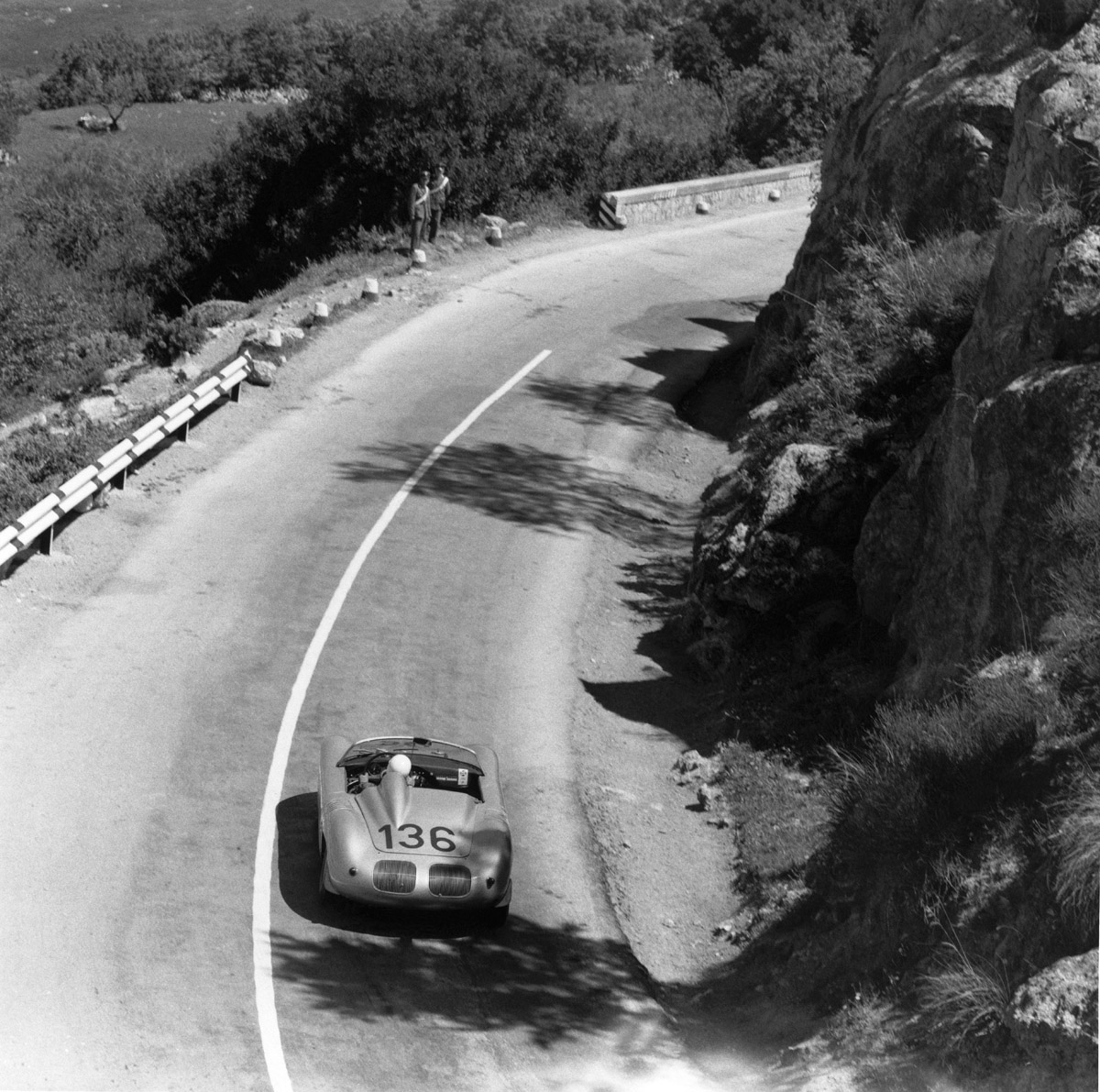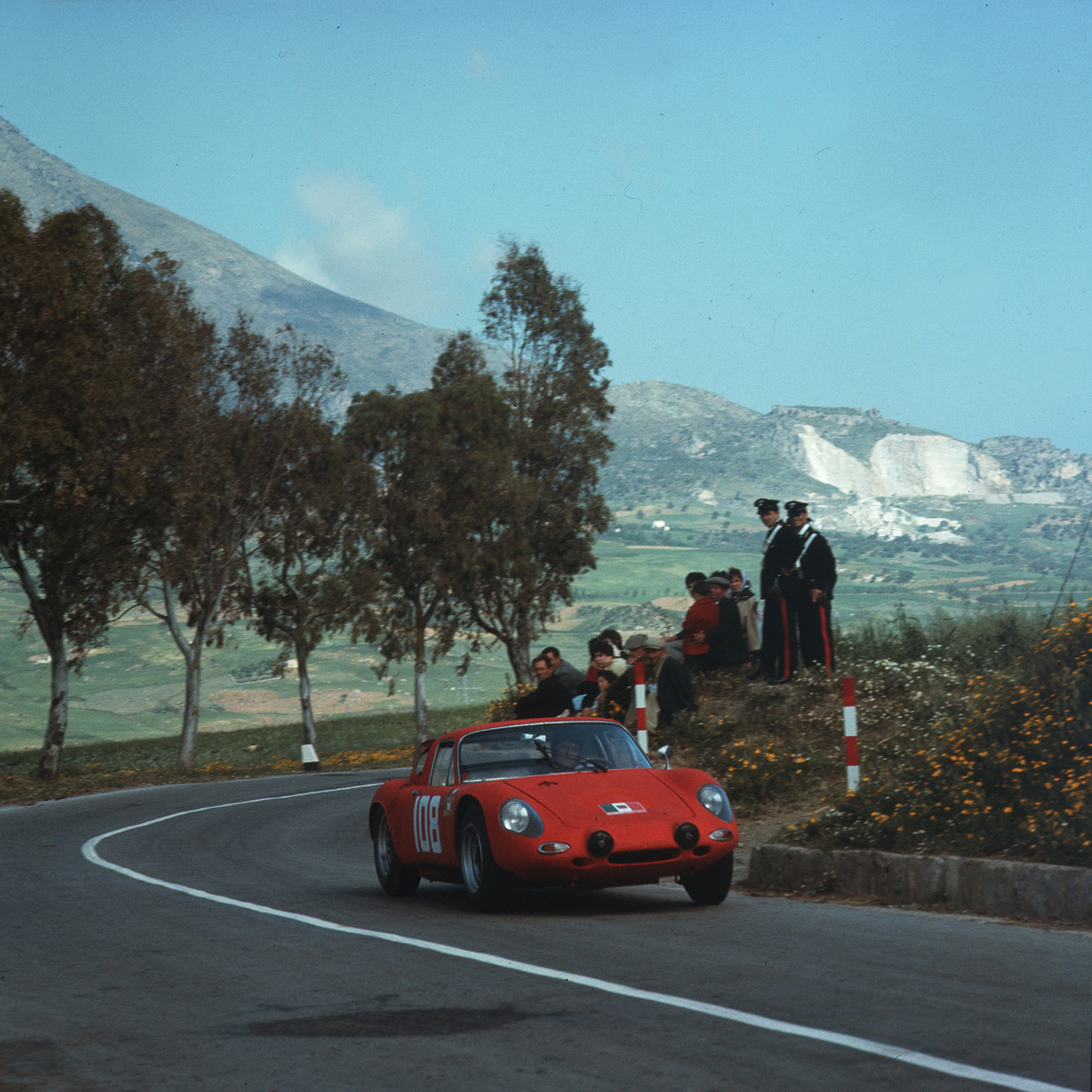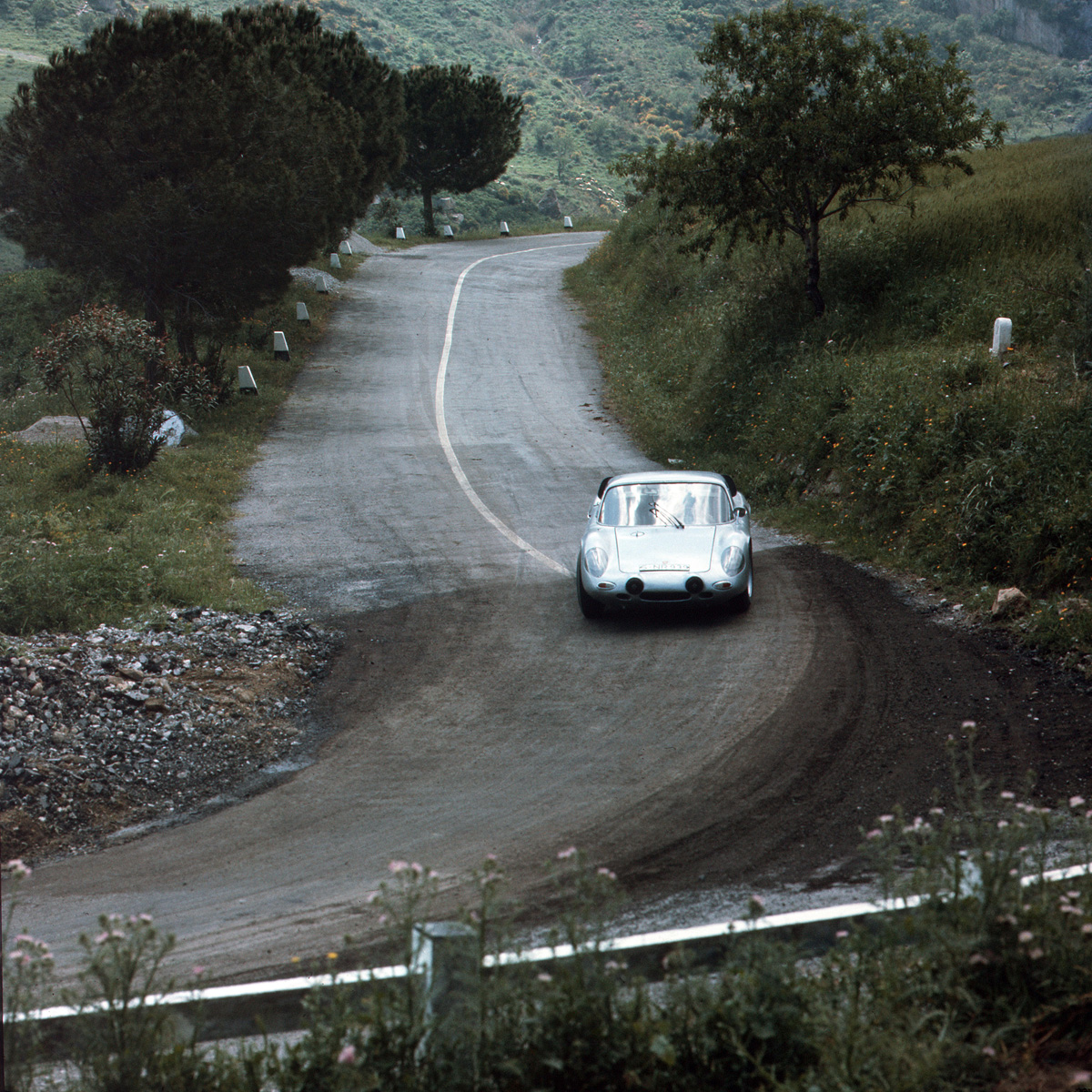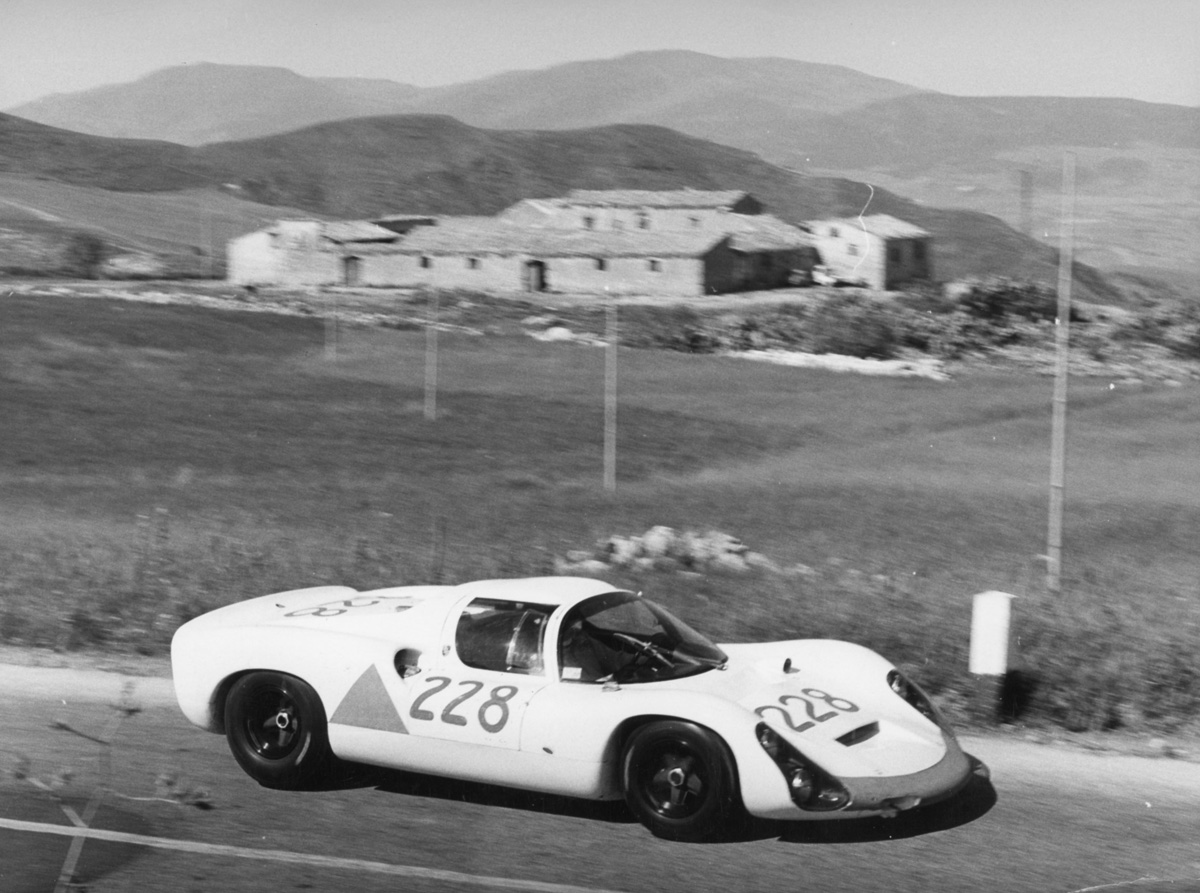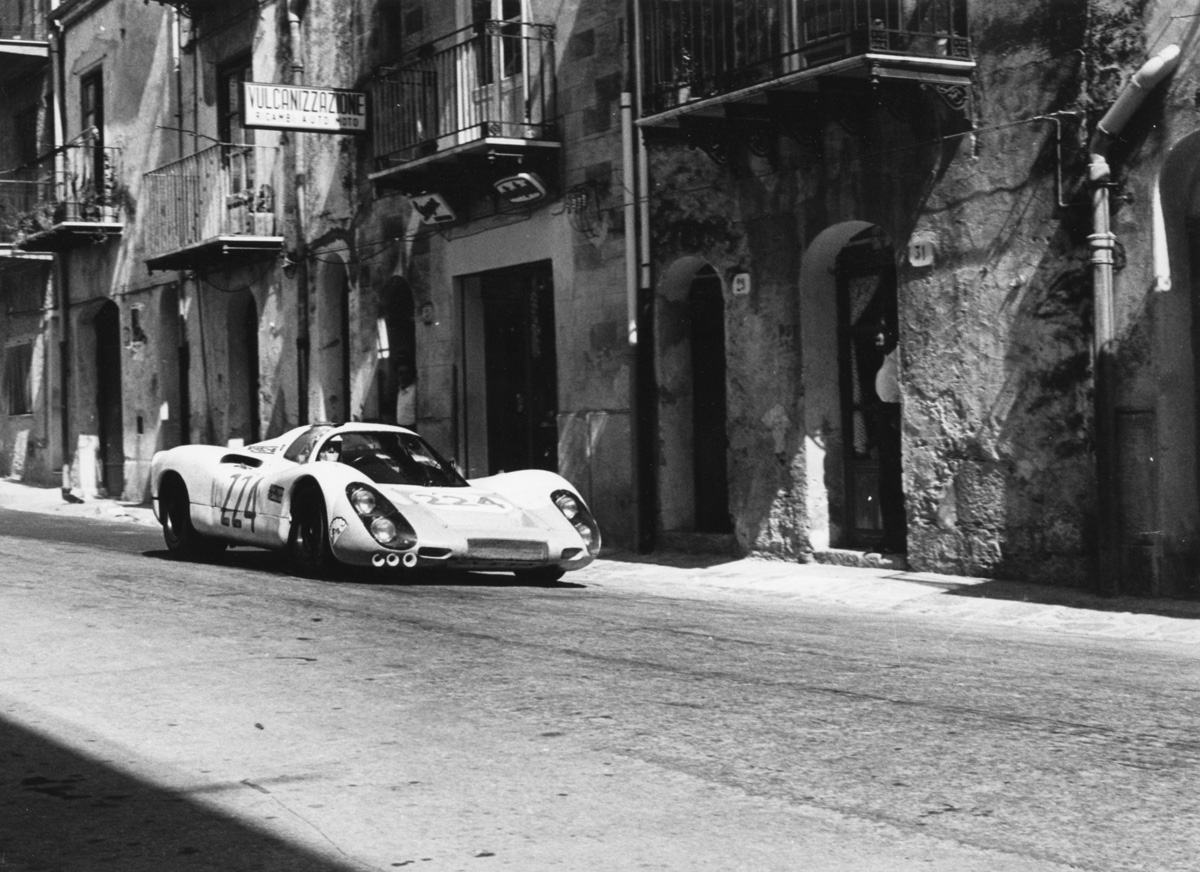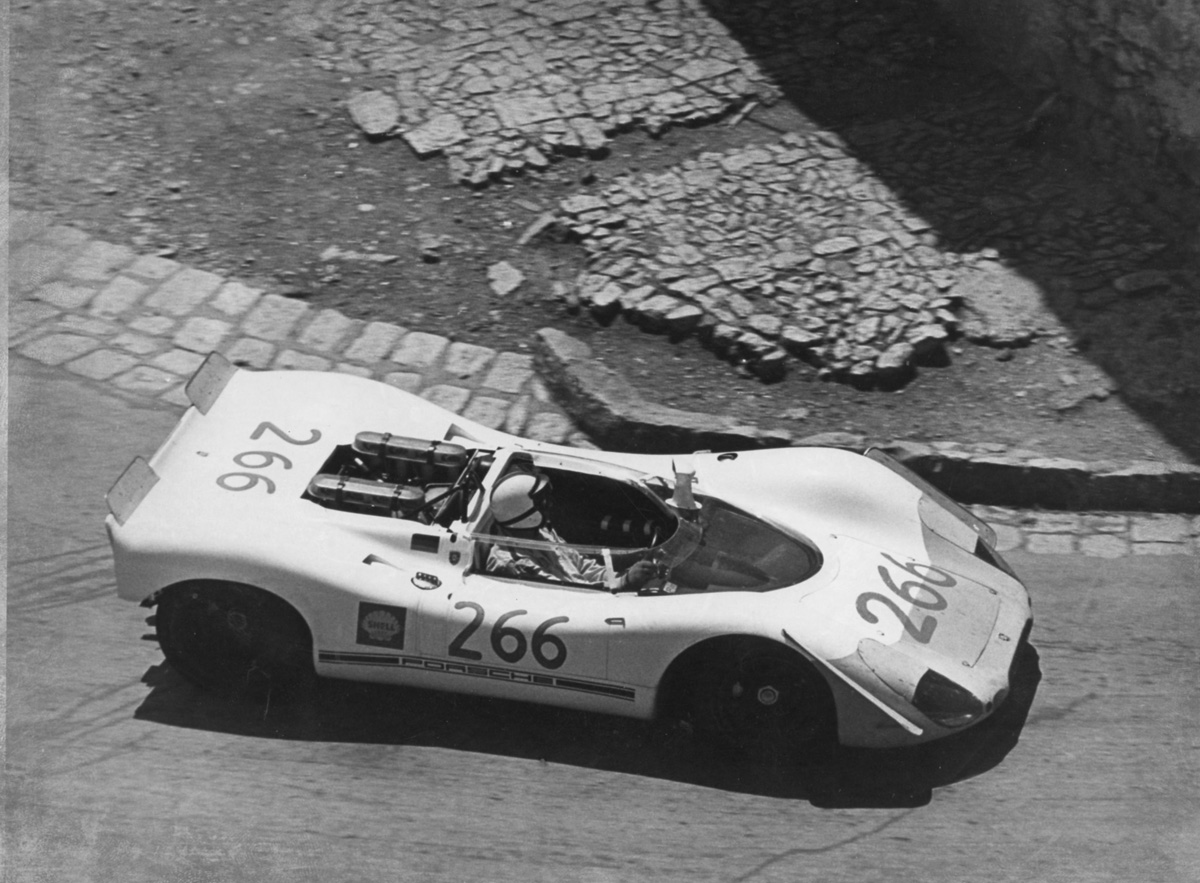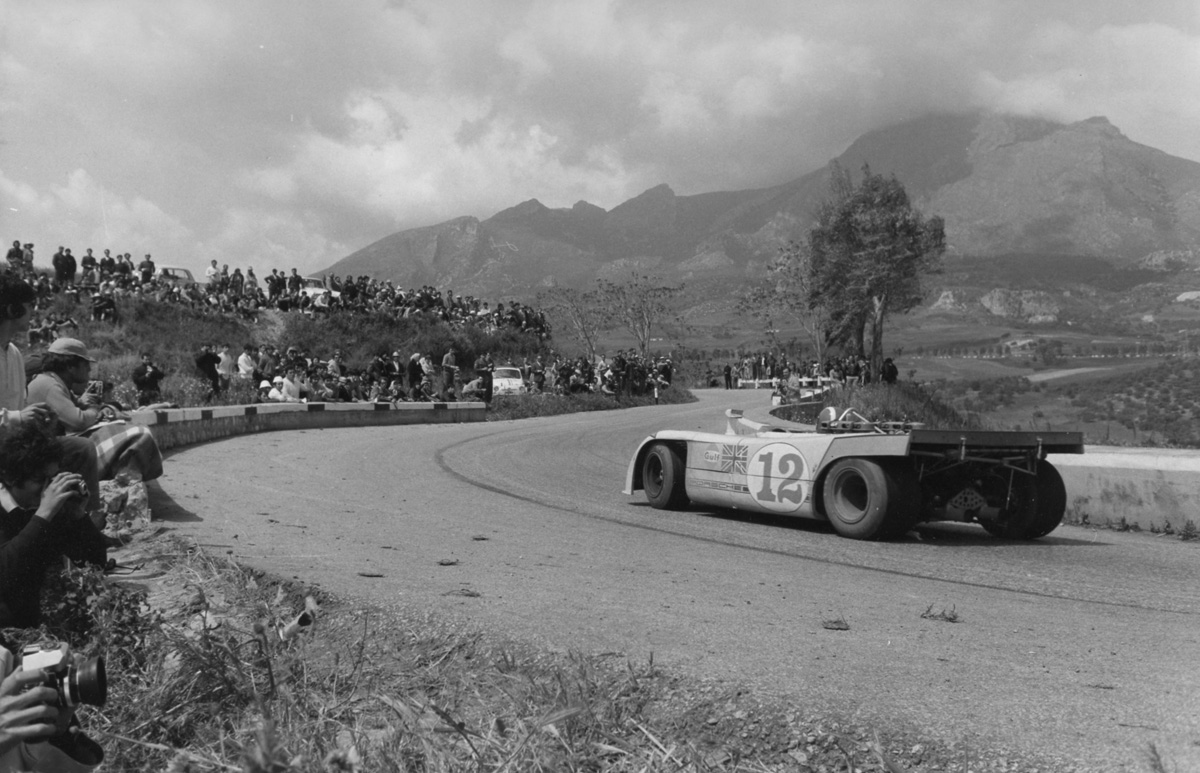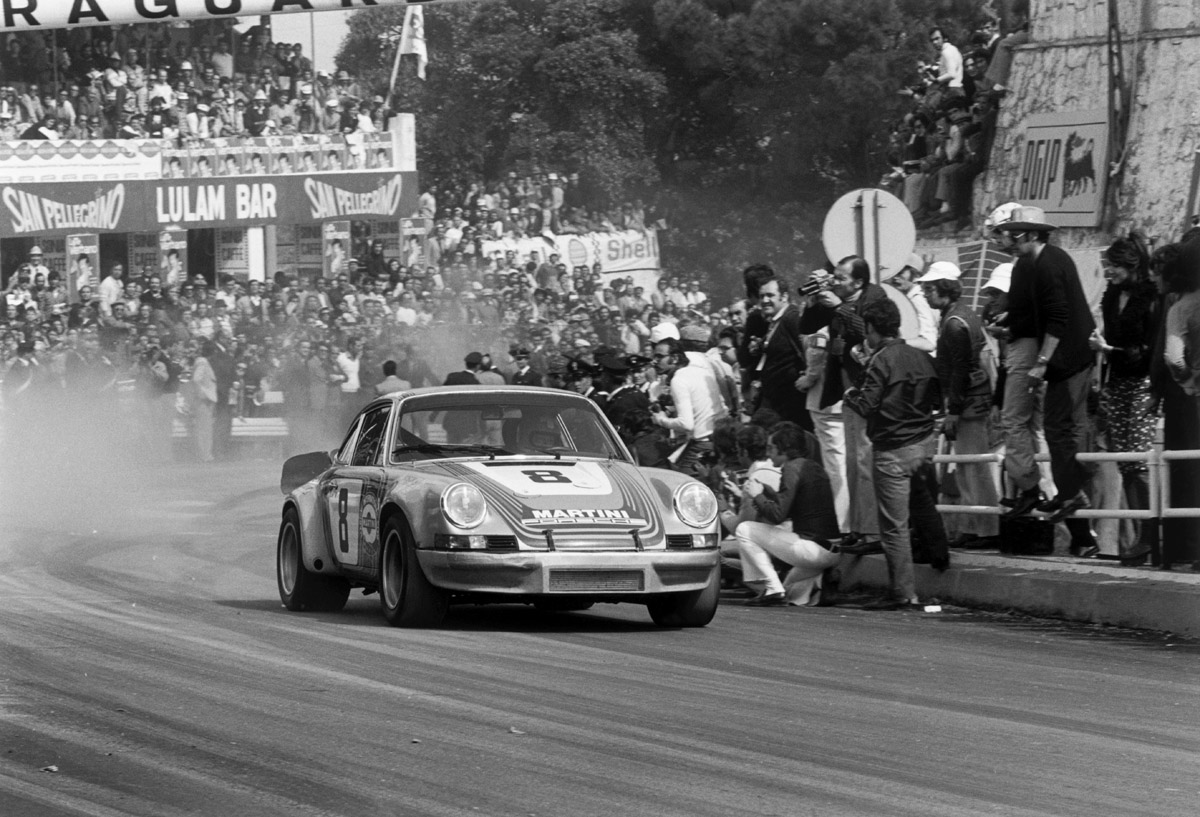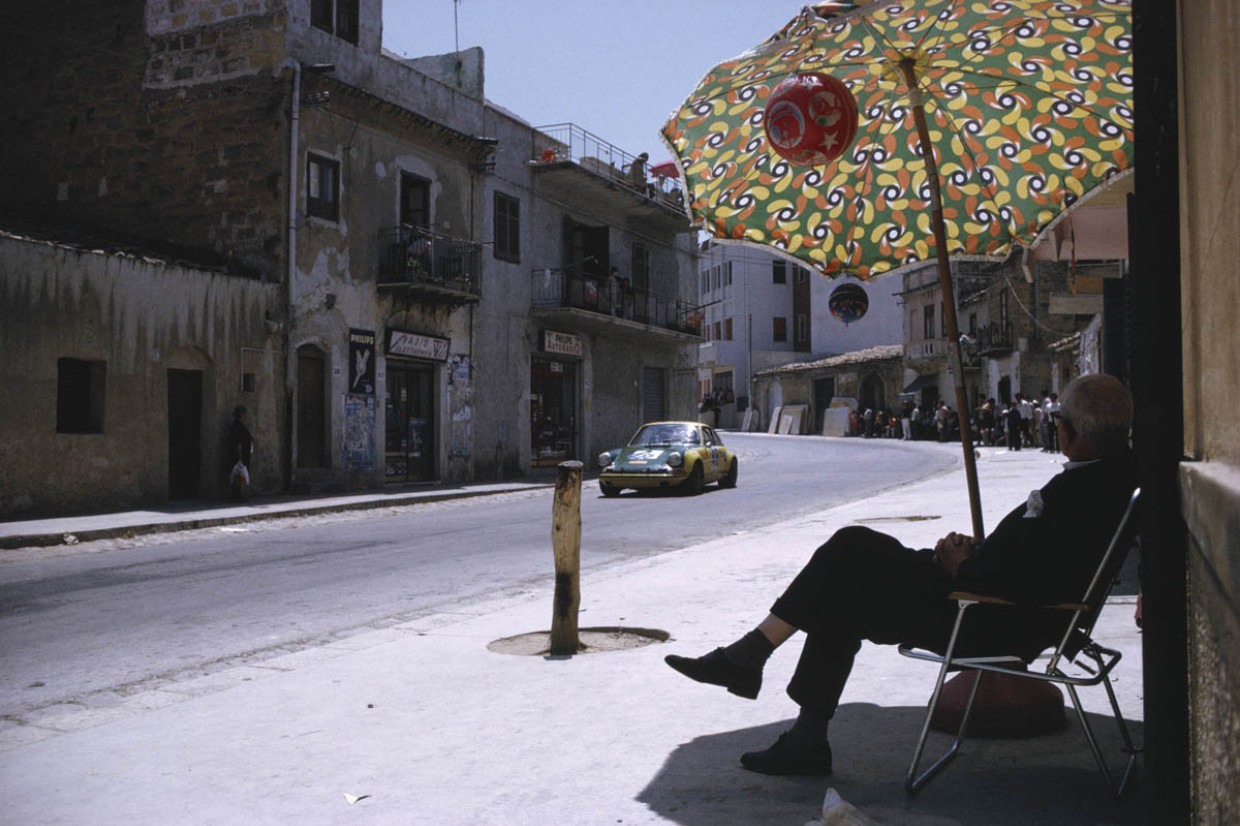
Few road races of the 20th century can lay greater claim to being the king of endurance events than the Targa Florio. The first running took place in 1906, when Sicily native Vincenzo Florio dropped the chequered flag on 6 May. The course was gruelling – three 92.7-mile laps on roads more regularly used by oxcarts rather than racing cars – with sheer rock faces and plunging drops around every corner.
More than 30 cars were entered for that first contest, but only 10 made it to the island. Vincenzo Lancia was one of the better known competitors, but victory belonged to Alessandro Cagno, who drove his Itala 35/40hp for more than nine and a half hours at an average speed of just 29mph.
Bugatti, Maserati and Alfa Romeo all dominated the event at various points, but it was Porsche that would have the most success up until the last true Targa Florio in 1973, before the competitive element was toned down due to safety concerns.
Copyright LAT Photographic
Porsche's first attempt at the Targa Florio came in 1956 at the behest of Ferry Porsche, who encouraged the firm's motor sport director, Baron Fritz Huschke von Hanstein, to compete in a 550A RS. He was paired with Umberto Maglioli, who ended up driving the whole 576km course on his own – and won against much more powerful competition.



